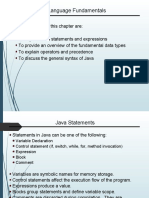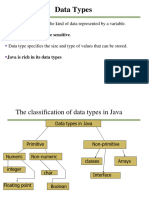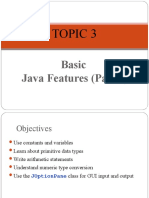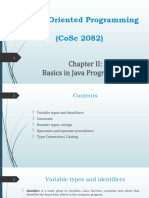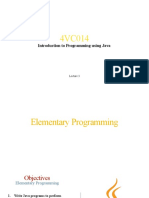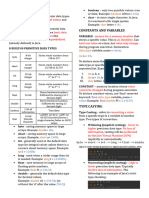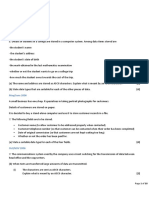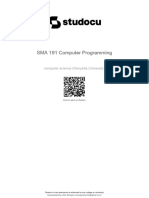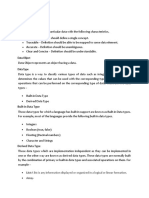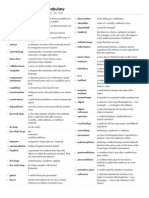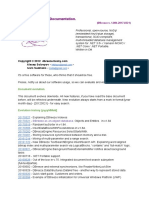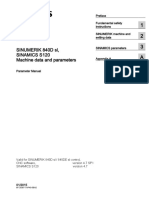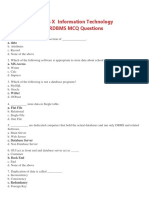0% found this document useful (0 votes)
113 views42 pagesLecture 02 Variables and Operators
This document provides an introduction to fundamental programming structures in Java, including variables, data types, and operators. It discusses how to declare and assign values to variables of different data types like integers, doubles, Booleans, chars, and Strings. It also covers arithmetic, assignment, comparison, and logical operators and the order in which expressions are evaluated.
Uploaded by
Umer BeshirCopyright
© © All Rights Reserved
We take content rights seriously. If you suspect this is your content, claim it here.
Available Formats
Download as PPTX, PDF, TXT or read online on Scribd
0% found this document useful (0 votes)
113 views42 pagesLecture 02 Variables and Operators
This document provides an introduction to fundamental programming structures in Java, including variables, data types, and operators. It discusses how to declare and assign values to variables of different data types like integers, doubles, Booleans, chars, and Strings. It also covers arithmetic, assignment, comparison, and logical operators and the order in which expressions are evaluated.
Uploaded by
Umer BeshirCopyright
© © All Rights Reserved
We take content rights seriously. If you suspect this is your content, claim it here.
Available Formats
Download as PPTX, PDF, TXT or read online on Scribd
/ 42



